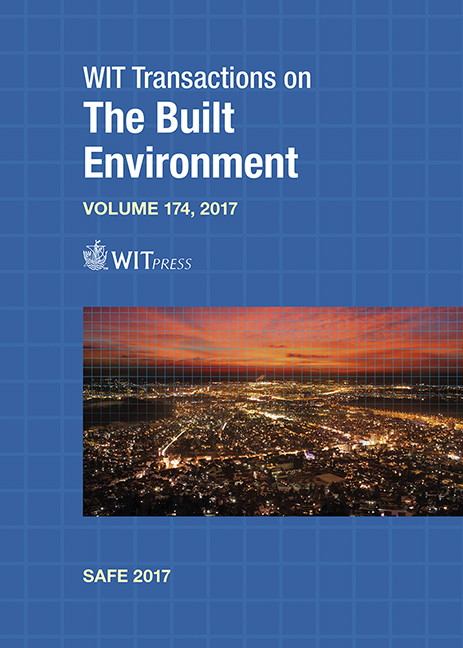WATER RESERVE FOR THE ALVARADO COASTAL LAGOON WETLAND AS A MEASURE TO INCREASE RESILIENCE TO CLIMATE CHANGE
Price
Free (open access)
Transaction
Volume
174
Pages
12
Page Range
57 - 68
Published
2018
Size
456 kb
Paper DOI
10.2495/SAFE170061
Copyright
WIT Press
Author(s)
HÉCTOR SANVICENTE-SÁNCHEZ, CERVANDO CASTILLO-ROMANO, YOLANDA SOLÍS-ALVARADO
Abstract
In Mexico, coastal zones are of great importance. The Inter-Census Population Survey 2015 establishes that 55.3 million of people live on 17 coastal states whose economic activities are tourism, fishing, commercial transportation and hydrocarbon exploitation, principally. Mexican coastal areas host a great diversity of ecosystems including rainforests, deserts, mangroves, dunes, wetlands, coral reefs and sea grass. Climatic change is considered as the main threat for the sustainability development of the countries, and costal zones are especially vulnerabilities. The National Water Reserves Program for the environment seeks to guarantee the volume of water required for the conservation of ecosystems and the maintenance of their ecosystem services as an ecosystem-based adaptation (EbA) measure that increases resilience and reduces the vulnerability of communities as well as produces several social, economic and environmental co-benefits. The present work updates the potential water reserve (PWR) score for all water supply basins to the Alvarado coastal lagoon wetland, estimates 16,807.33 Hm3/year as the minimum environmental flow (EF) that would serve as a water reserve for the wetland. Projected natural average annual runoffs (NAAR) were estimated in the area for three climate change scenario (RCP 4.5, RCP 6.0 and RCP 8.5) and for two time periods (2015–2039 and 2075–2099). As result, the RCP 4.5 scenario would be the most critical in the period 2015–2039 with a 9.7% of reduction with respect the historical NAAR, and the scenario RCP 8.5 would be the most critical for the period 2075–2099 with a 22.29% of reduction. It was concluded that the water reserve for the “Llanuras del Papaloapan” basin (Papaloapan plains basin), where the wetland is located, is feasible for such climatic change scenarios and time periods and can be carried out as an EbA measure. Further work must be done to establish the inter-annual eco-hydrological regime for the EF.
Keywords
environmental flow, water reserves, water availability, climate change, Alvarado lagoon





